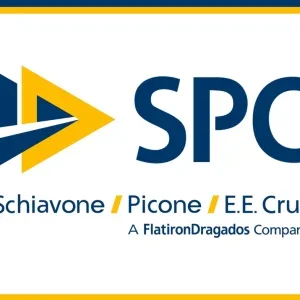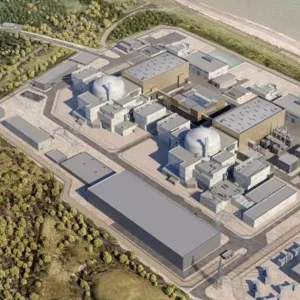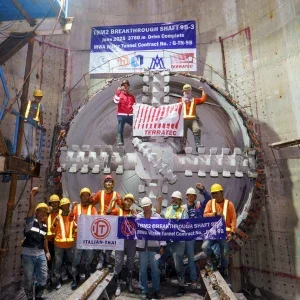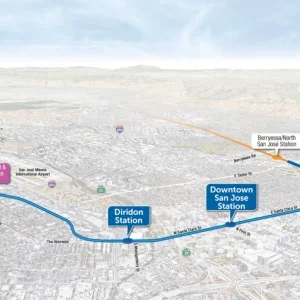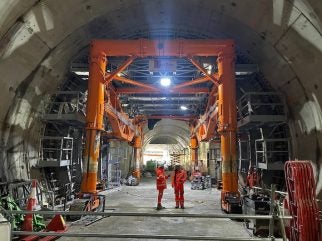
The final transition section of the tunnel was cast in Silvertown on April 11, completing the work to connect the northbound and southbound tunnel structures from the Silvertown portal to the Greenwich portal.
A complete transformation of the tunnel shape was needed to connect the circular TBM-constructed tunnel to the in situ concrete arch-shaped cut and cover tunnels.
To construct the four transitions, a self-propelled, self-erecting formwork was used, nicknamed “The Crab”.
This 70-tonne tracked structure was moved into position and folded out to create the unique shape using hydraulic rams. The Crab then acted as a temporary structure for the installation of steel reinforcement before concrete was placed and allowed to cure. Once the concrete had cured sufficiently to be self-supporting, the machine folded the shutters inward for transport through the bored tunnel to the next transition location.
The final of eight cross-passages is now ready for fit-out.
Architectural design has been incorporated throughout both the tunnel and the portal building on the north side of the Thames. Progress has also been made on the Newham Portal Rotunda copper rainscreen. The continuous horizontal welted seams of the cladding contrast with the deep vertical standing seams that help accentuate the tower’s height. The seams also cast changing shadows throughout the day.
The twin-bore Silvertown Tunnel, being built for Transport for London, will link Newham on the north of the Thames to the Greenwich Peninsula on the south side. Riverlinx, a joint venture of Ferrovial Construction, BAM Nuttall and SK ecoplant, says the tunnel is on track to open in 2025.



